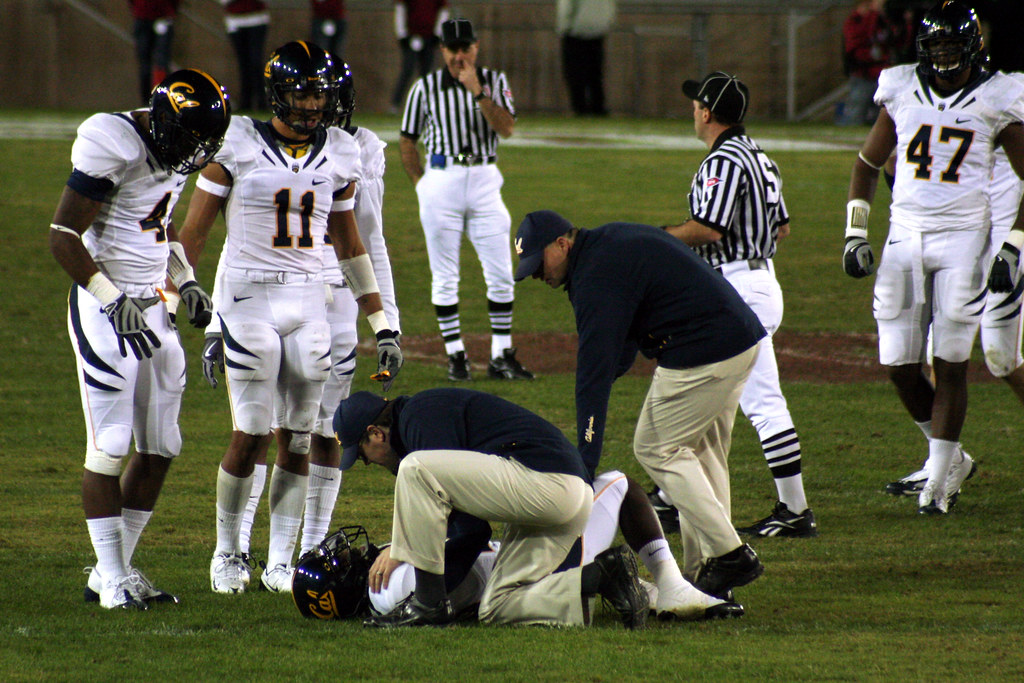No one wins a championship in week one, but you can lose athletes there. Every August I see the same pattern: motivated players, rusty tissues, long practices, and conditioning tests pulled from a bygone era. The result is predictable. Hamstrings bark, groins tighten, and tendons complain.
The hard work isn’t the problem. The timing and the dosage are.
Underprepared athletes are not lazy by definition. Some of them might be. But others had limited access, some played a different sport, and a few are simply new to structured training. What they share is a capacity gap. The program asks for more than their current tissues, nervous system, and skill execution can provide.
You can spot it quickly. Soreness lingers past 48 to 72 hours. Output drops across repeated sessions. Technique falls apart late in practice. Small strains and tendon flare-ups appear early. That isn’t “mental weakness.” It’s a mismatch between training stress and readiness.
Manage Exposures, Not Just Effort
Progression is the fix, and it starts with exposure management. Sprinting, cutting, jumping, and high-velocity change of direction are potent. They demand eccentric strength, elastic tissues, and precise timing. If an athlete has not seen those exposures in weeks, you layer them in, you do not dump them in.

A few simple guardrails go a long way:
- Keep week-one practice length tight, then expand duration or intensity, not both at once.
- Alternate higher and lower conditioning days so athletes can actually rebound.
- Cap early-volume sprinting. A handful of high-quality 20 yard accelerations beats a pile of sloppy reps.
- Start change-of-direction with planned angles before you chase reactive chaos.
- In the gym: treat isometrics and controlled eccentrics as tendon primers for adductors, hamstrings, and calves.
- End sessions while technique still looks like technique. Once athletes are just surviving drills, risk climbs while learning tanks.
Screening doesn’t need to be a 60-minute circus. You just need a few decision points. Ask about summer training and prior issues. Check ankle dorsiflexion with a simple knee-to-wall. Hit a 30-second adductor squeeze for asymmetry and pain. Use a jump test to see if landing mechanics hold up. If an athlete reports pain or looks rough on these quick checks, they earn a slightly different on-ramp. That might mean extra isometrics, fewer total sprint contacts, or a few days of remedial work while the group pushes harder.
Condition without Killing Mechanics
Conditioning should respect the game’s energy system demands without pretending every session is life-or-death. For field and court sports, short intervals with honest rest teach repeatability without burying mechanics. Think 60 to 75 percent of final running volumes in week one, then add about 10 to 15 percent each week as quality allows. If the last rep looks like the first, the dose is probably right.
Strength training in this period is about positions and tissue tolerance.
Own split-stance patterns, hinge eccentrics, and trunk control in multiple planes. Adductor work shows up every week. Groin strains ruin seasons that should have been fine with Copenhagen variations and progressive lateral work. Hamstrings earn both long-length options and isometric doses. Calves and feet get love because tendons keep score when change-of-direction volumes rise.
This Isn’t Soft. It’s Smart.
None of this is soft. It’s how you keep athletes on the field so the hard work can compound into results. You are not lowering standards. You are sequencing them. Once the base is in place, you can push. Athletes adapt quickly when the stress is layered well. In two to three weeks, those “underprepared” kids look like contributors.
Let the two week ramp reveal who’s underprepared by choice and who just lacked access. Laziness shows up as missed sessions and coasting with low intent, the others adapt quickly with steady attendance. Don’t injure the second group trying to punish the lazy ones.
If I were writing a simple on-ramp for the first fourteen days, it would include: modest sprint volumes with full recoveries, planned-angle cutting before reactive change of direction, daily isometrics for hot spots, two exposures per week of eccentric strength for hamstrings and adductors, and clear stop points when technique degrades. Keep the win criteria boring. Leave practice with athletes moving well, not crawling to the car.
Build capacity first. Then chasing intensity makes sense. Do it in that order and week one stops being a triage unit and becomes what it should be: the start of a season where athletes actually get better.

